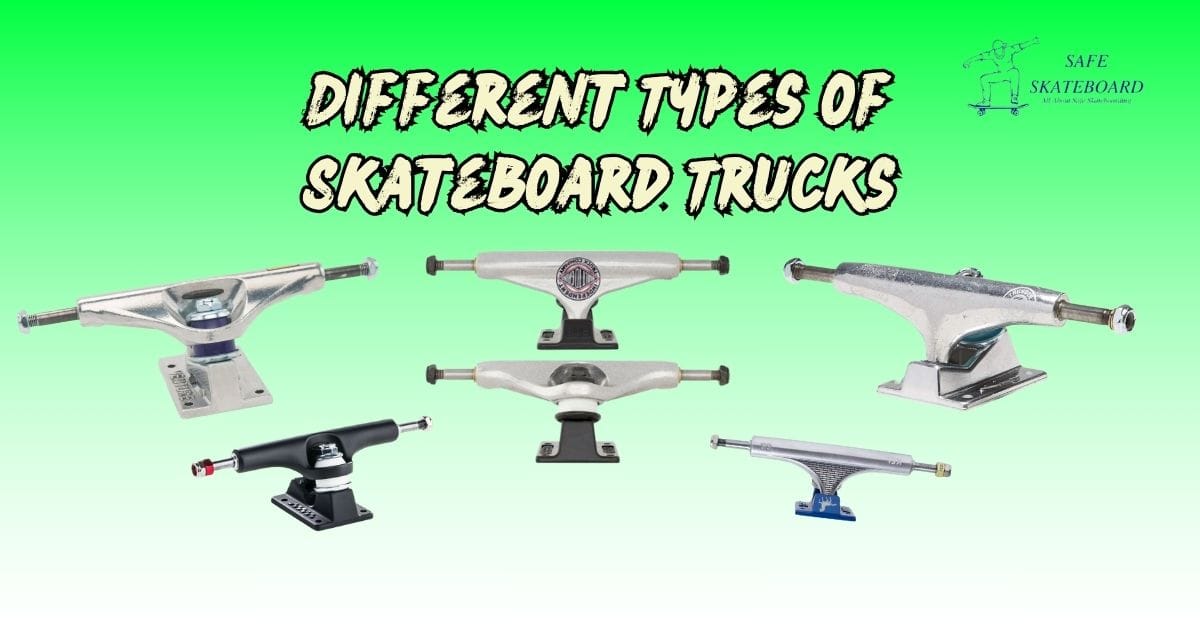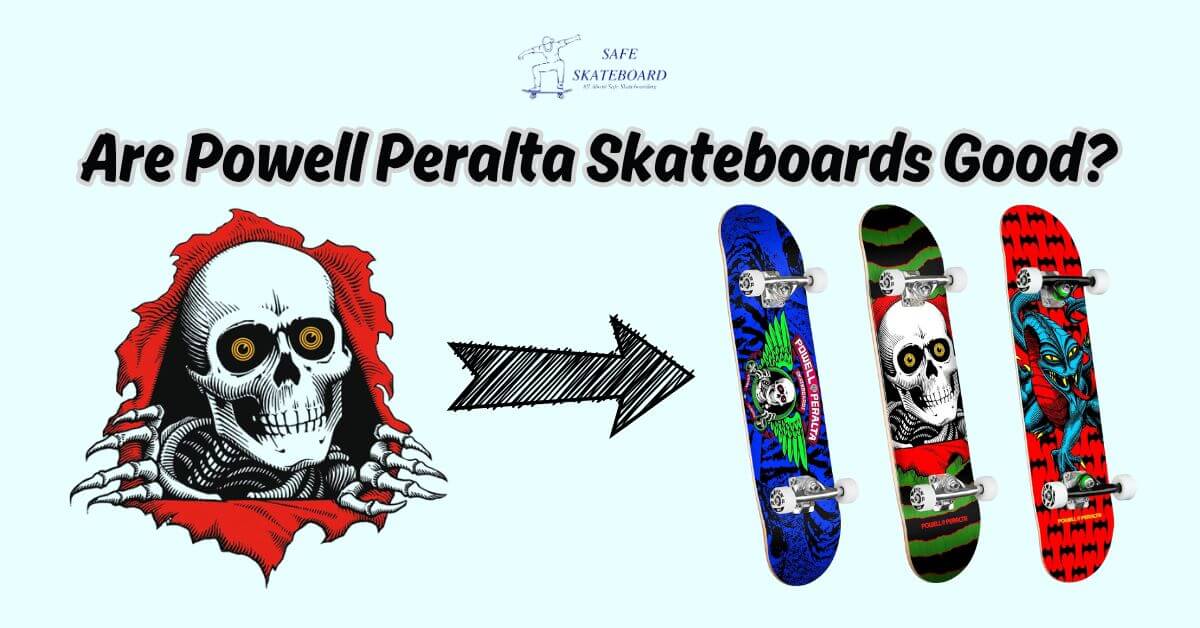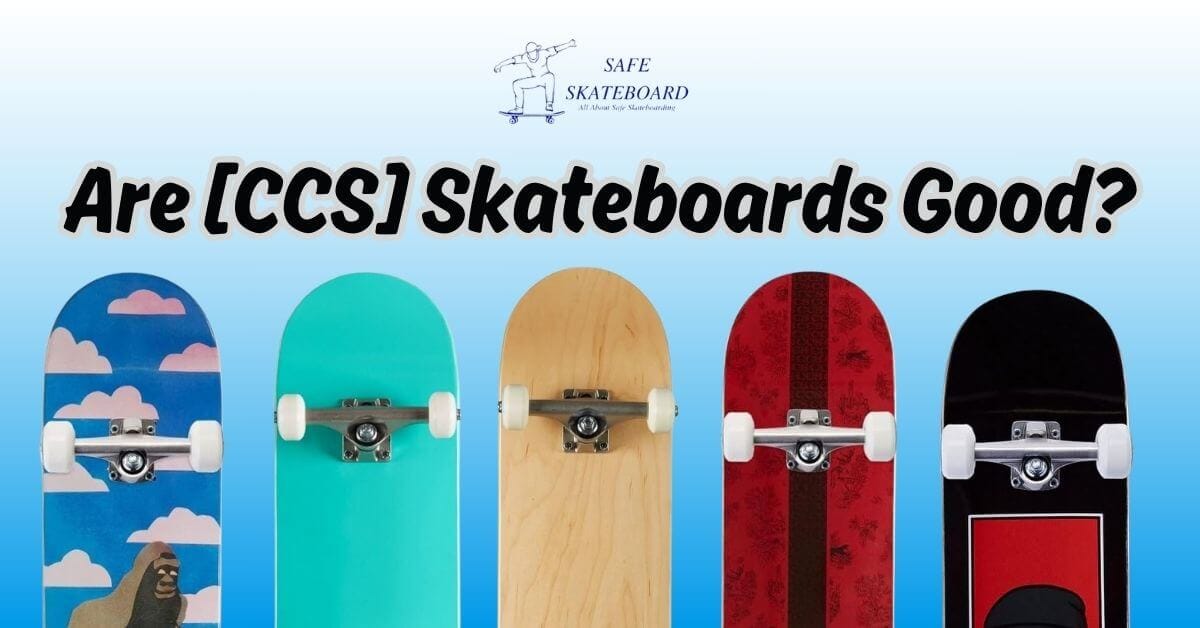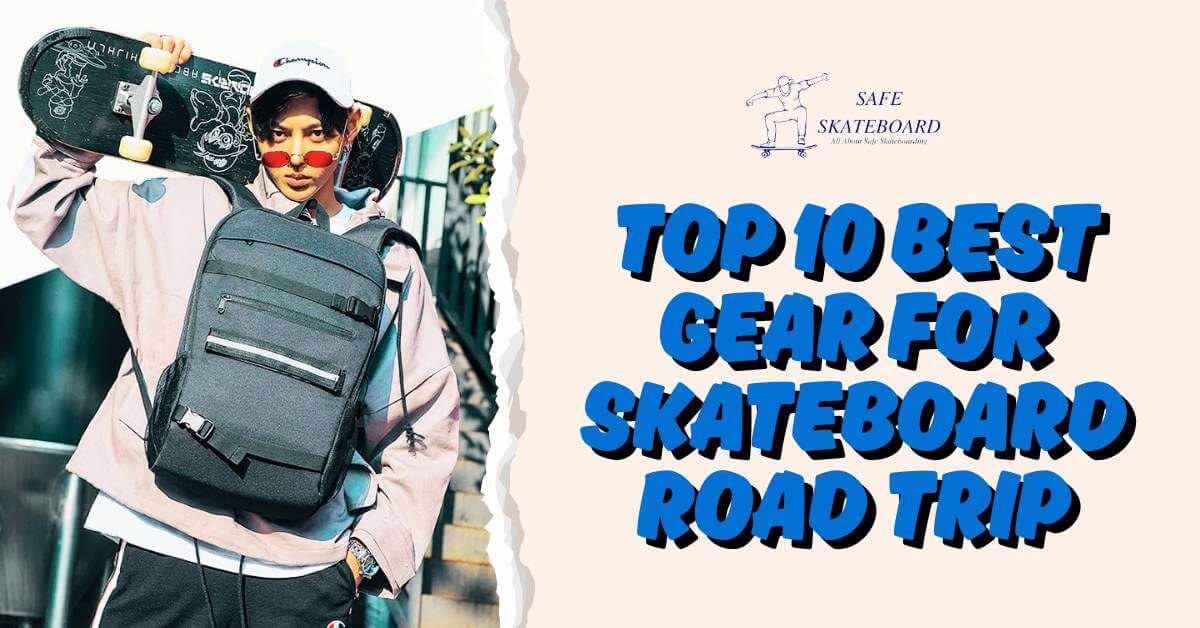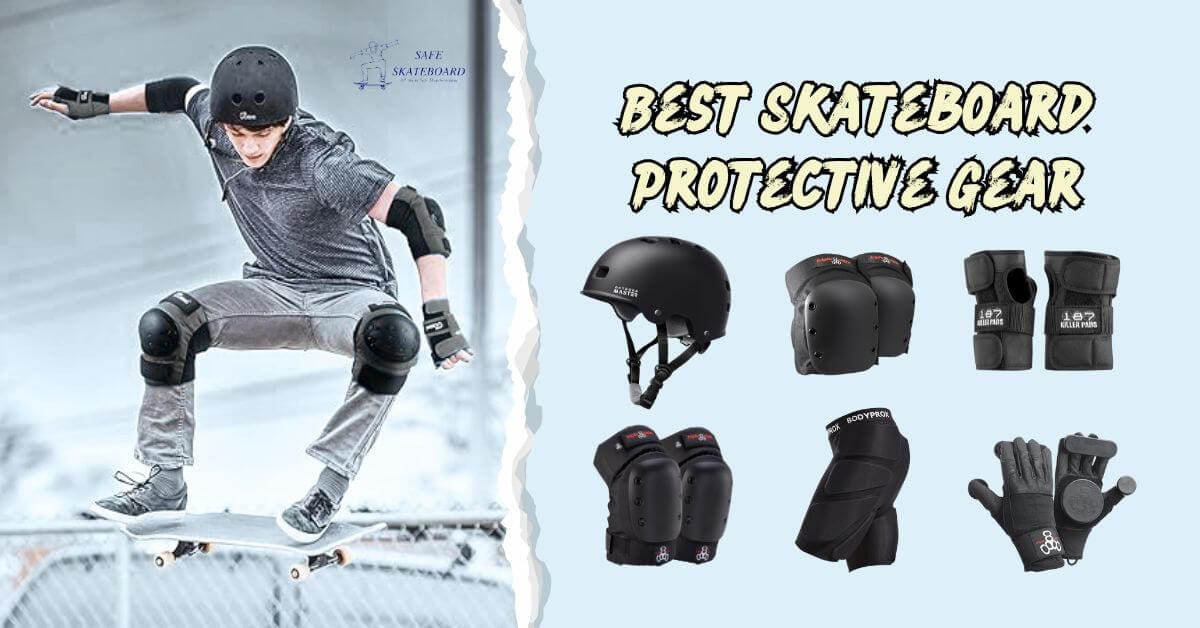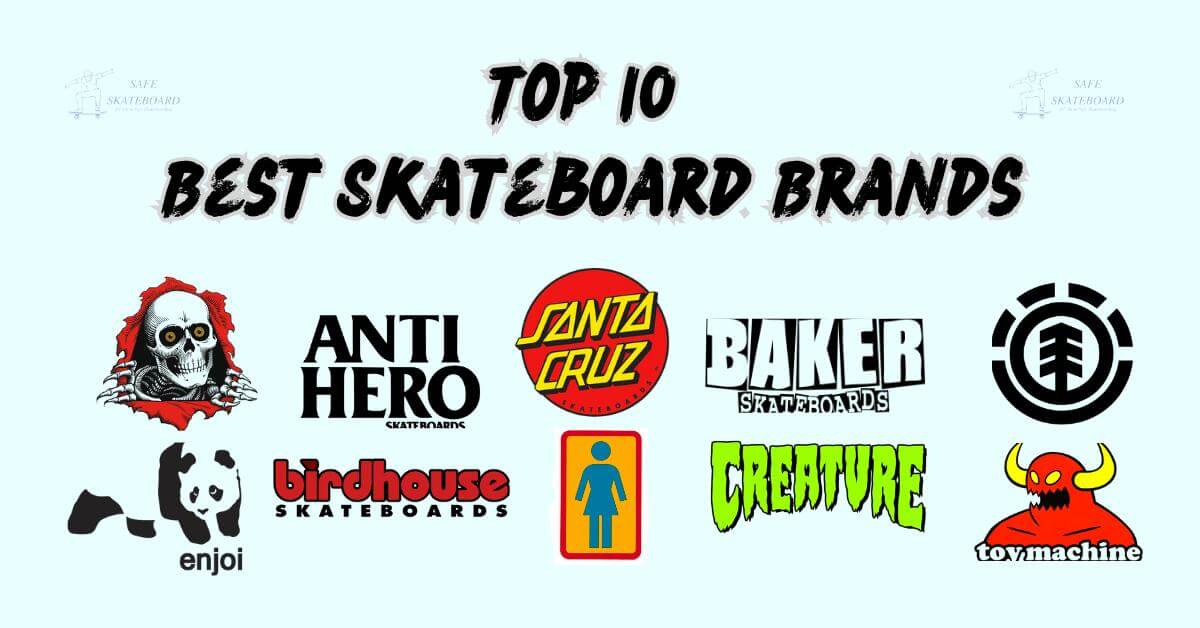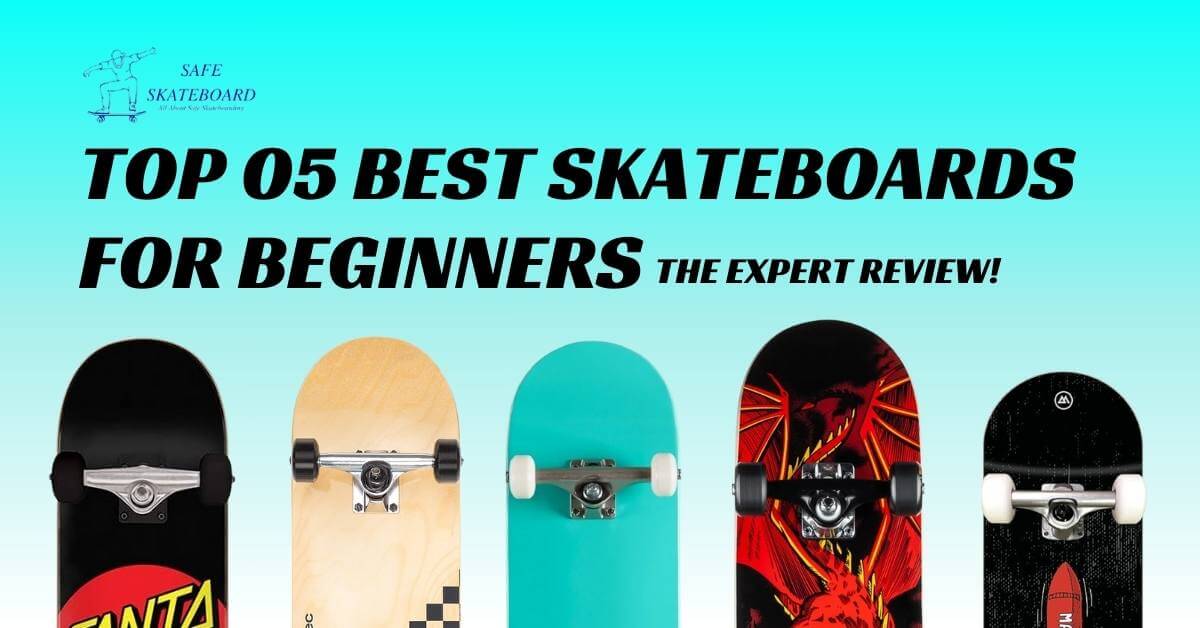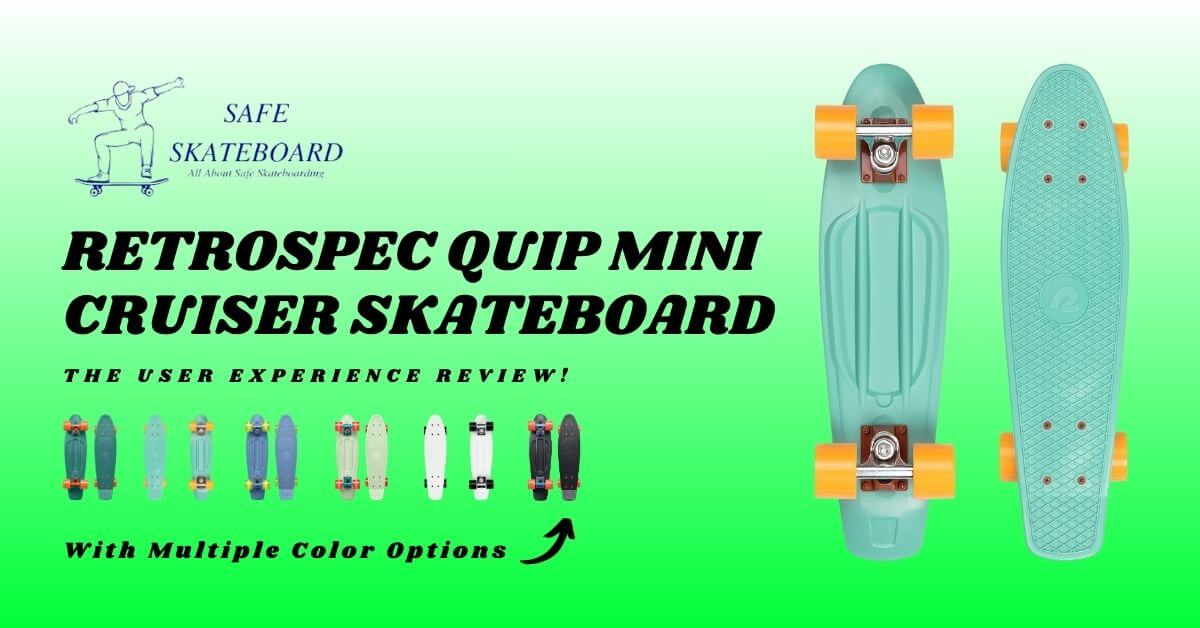Skateboard trucks are a key part of your setup. They connect your wheels to the deck and affect how your board turns, grinds, and pops. Choosing the right ones can make a huge difference in your skating experience.
There are different types of skateboard trucks, each made for a specific style of riding. If you love technical street tricks, cruising, or bombing hills, there’s a truck for you.
In this guide, I’ll break down the different types of skateboard trucks, their pros and cons, and how to choose the best ones for your setup.
Are you ready to find different types of skateboard trucks? Then take your skateboard and dive into the article.
What Are Trucks on a Skateboard?
Skateboard trucks are metal T-shaped parts that attach to the underside of your deck. They hold your wheels and let you turn by leaning your board.
Parts of a Skateboard Truck:
- Axle: The long rod where the wheels attach.
- Hanger: The largest part of the truck, supporting the axle.
- Kingpin: The bolt that holds everything together.
- Bushings: Small rubber rings that control turning.
- Baseplate: The flat part that screws into the deck.
- Pivot Cup: A small plastic cup that helps with smooth turning.
Importance of Skateboard Trucks in Skateboarding
Skateboard trucks are the backbone of how your board feels and performs. They determine how smoothly you turn, how stable you feel at high speeds, and how well you grind on rails and ledges. The right trucks can make your board feel responsive and effortless, while the wrong ones might make tricks harder to land.
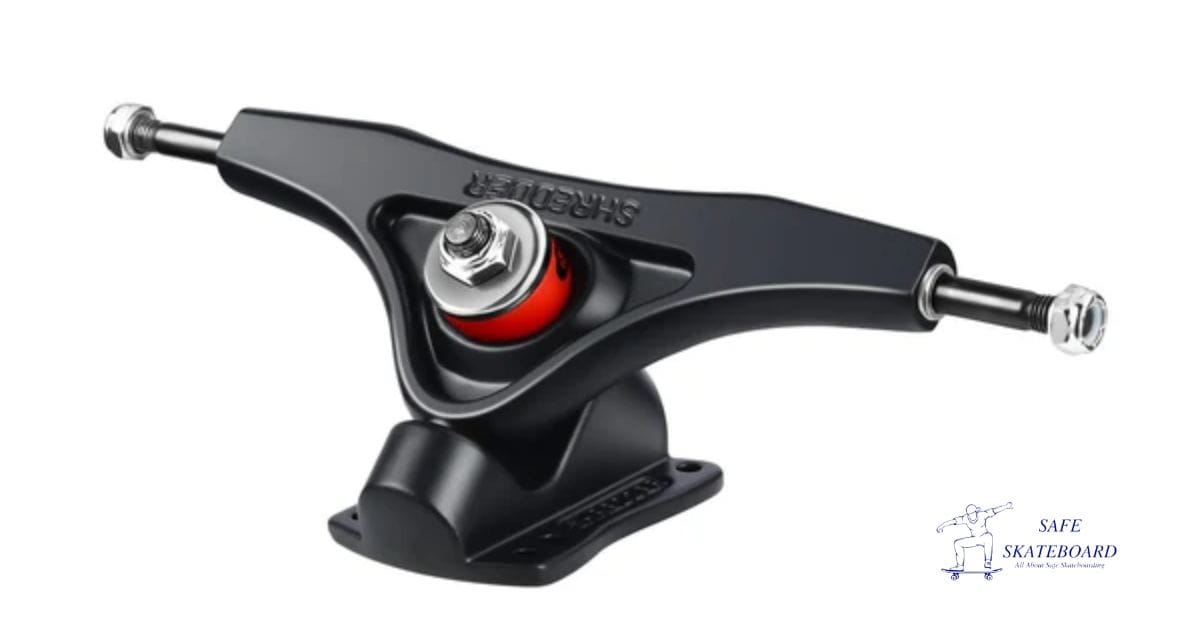
If you love sharp carves, long grinds, or effortless flips, your truck choice plays a huge role in your experience. Understanding the different types of skateboard trucks will help you dial in the perfect setup for your style, giving you better control and a more enjoyable ride every time you step on your board.
Why They Matter:
- Turning: Trucks allow you to carve and steer.
- Stability: Tight trucks help with balance, while loose trucks improve manoeuvrability.
- Grinding: Different trucks work better for certain grinds.
- Durability: Stronger trucks last longer and withstand heavy impacts.
Types of Skateboard Trucks
There are several types of skateboard trucks, each designed for a different purpose. Here’s a breakdown:
Standard Kingpin Trucks
These are the most common trucks. They work well for most styles of skateboarding. They have a vertical kingpin, which allows for adjustable turning and a stable ride. These trucks are ideal for street, park, and transition skating, making them a versatile choice for most skaters.
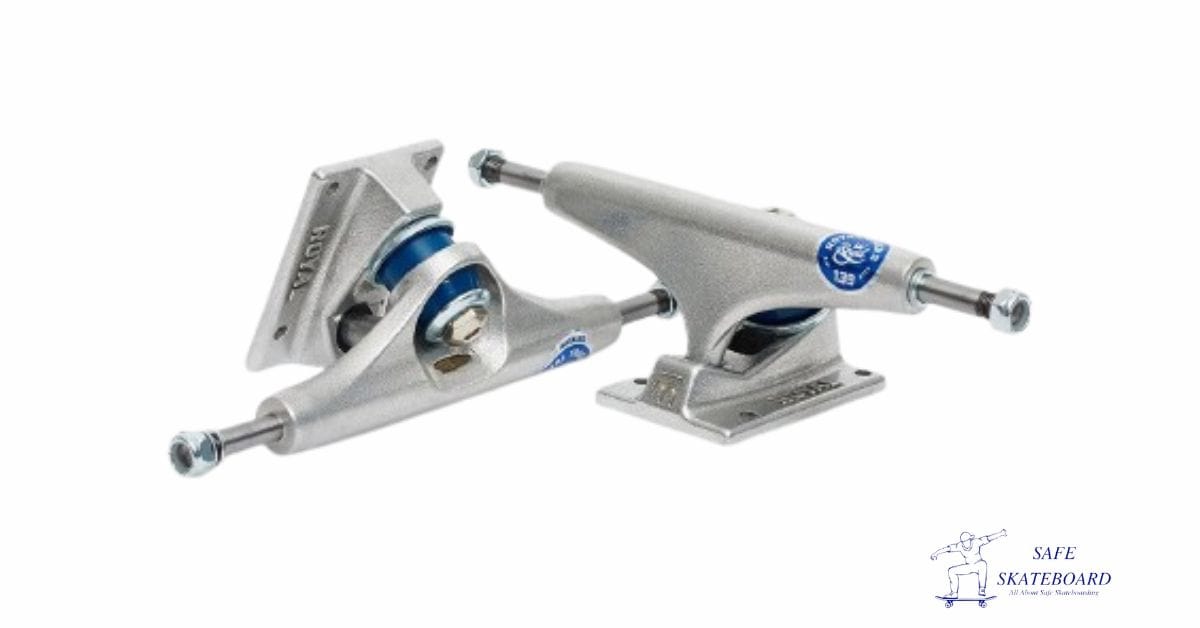
Key Features:
- Classic design with a vertical kingpin
- Adjustable for tighter or looser turning
- Suitable for most traditional skateboarding styles
Reverse Kingpin Trucks
These trucks are designed for longboards and cruising. They sit taller and turn more smoothly, making them perfect for carving, downhill, and surf-style skating. Reverse kingpin trucks offer better manoeuvrability and stability at high speeds but aren’t the best for technical tricks due to their height and weight.
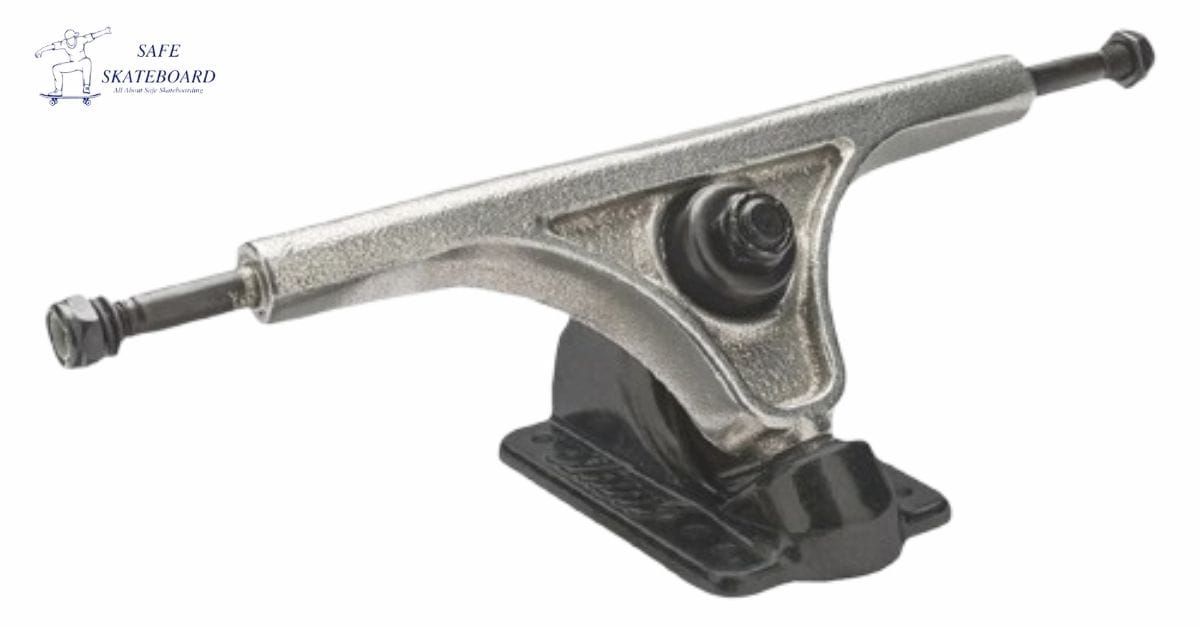
Key Features:
- Taller and wider than standard trucks
- More responsive turning radius
- Ideal for longboards and cruisers
Low Trucks
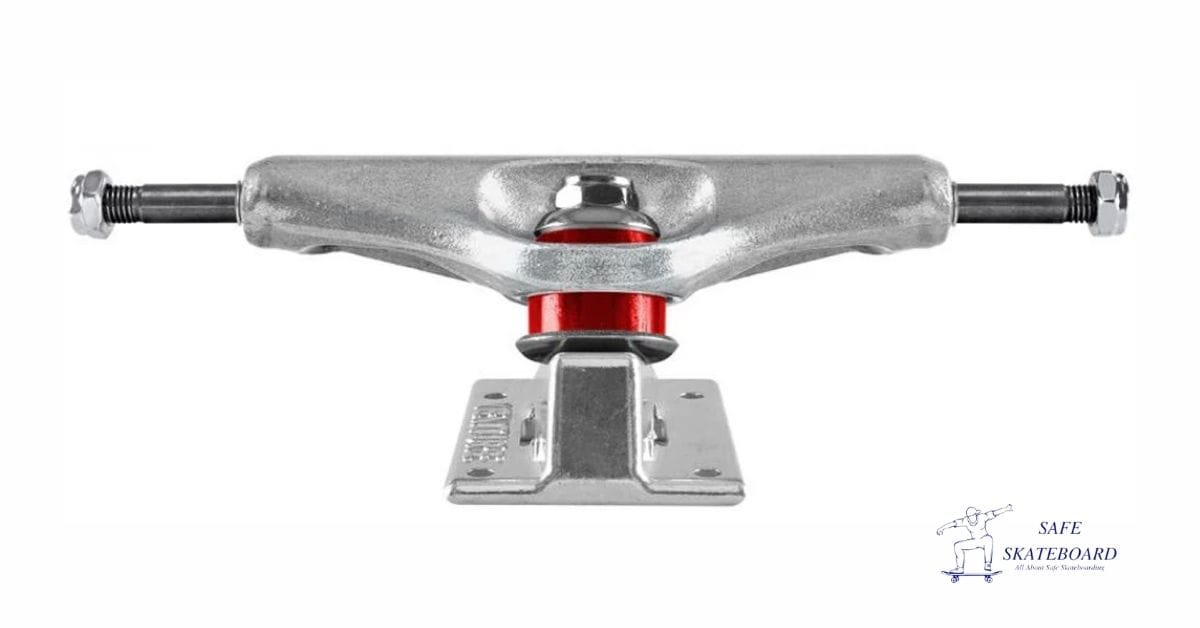
Key Features:
- Lower kingpin position for a stable ride
- Best suited for smaller wheels (under 55mm)
- Designed for technical tricks and flip tricks
Mid Trucks
A balance between low and high trucks makes them a versatile option. Mid trucks are ideal for skaters who want a mix of stability and turning ability. They allow for slightly larger wheels and are a great choice for all-around skating.
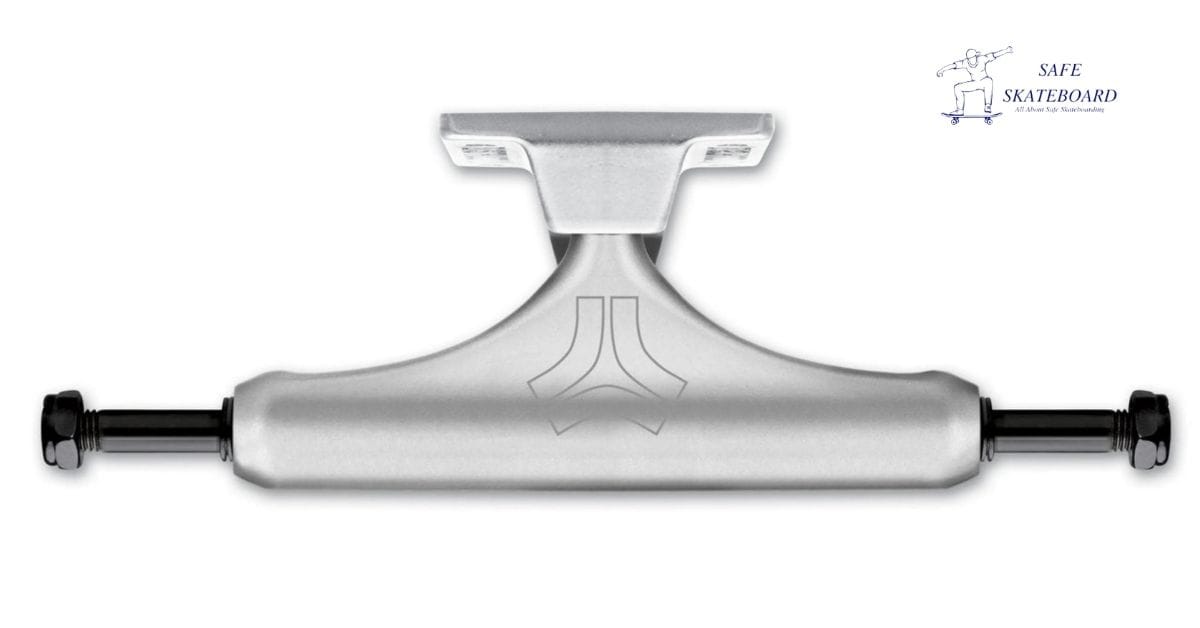
Key Features:
- Medium height, offering a balance of control and turn
- Compatible with most skateboard setups
- Suitable for street, park, and occasional cruising
High Trucks
These trucks allow for deeper turns and bigger wheels. Skaters who prefer transition skating, carving, or using larger wheels benefit from high trucks. However, they may not be as stable for flip tricks due to their height.

Key Features:
- Taller design for better turn radius
- Works well with wheels 56mm and above
- Ideal for carving and transition skating
Specialty Trucks
Specialty skateboard trucks are designed for specific needs like weight reduction, durability, or enhanced turning. These include hollow axle, forged, and surfskate trucks, each offering unique benefits.
Hollow Axle Skateboard Trucks
These have hollow axles or kingpins to reduce weight, making them ideal for skaters looking to shave off excess weight for better performance.
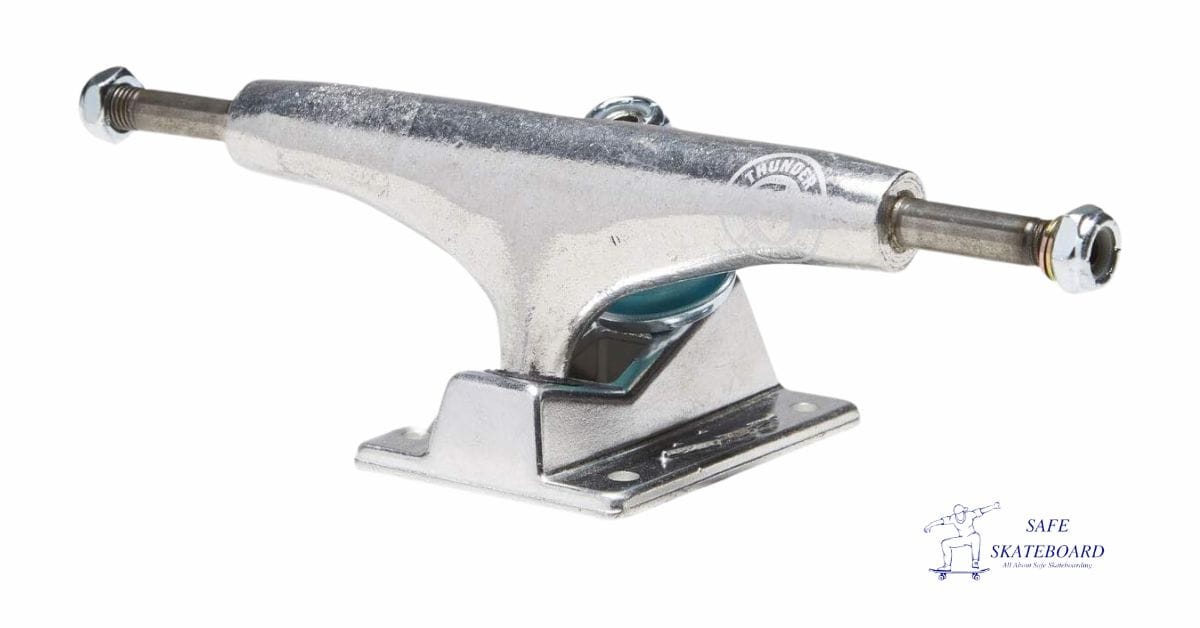
Key Features:
- Lightweight design for increased control
- Reduces overall board weight
- Suitable for all skating styles
Forged Skateboard Trucks
These are made through a forging process, making them stronger and lighter than cast trucks.

Key Features:
- More durable than cast trucks
- Lightweight yet sturdy design
- Ideal for high-impact skating
Surfskate Trucks
These are designed to mimic surfing movements, allowing for deep carves and fluid motions.
Key Features:
- Unique pivoting system for surf-like turns
- Great for carving and pumping
- Mimics the feeling of surfing on land
Skateboard Truck Size Chart
Selecting the right size of TKP trucks is crucial for optimal performance. Here’s a brief size chart to help you choose:
| Truck Width (inches) | Board Width (inches) |
| 5.0 – 5.25 | 7.5 – 8.0 |
| 5.5 | 8.0 – 8.25 |
| 5.75 | 8.25 – 8.5 |
| 6 | 8.5 – 9.0 |
What to Look for in Trucks
When selecting the best type of truck for skateboarding, here are a few key factors to consider:
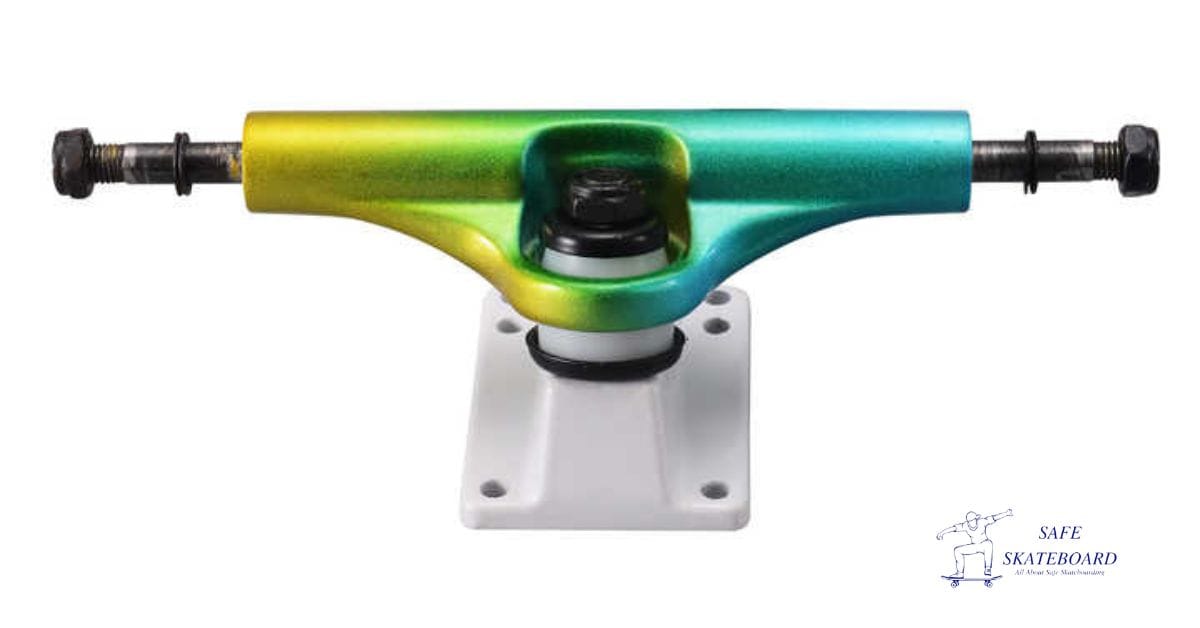
- Weight: Lighter trucks offer better manoeuvrability.
- Durability: Look for trucks made from high-quality materials for longevity.
- Compatibility: Ensure the truck size matches your board width for optimal performance.
Ultimately, finding the right TKP truck matches your skating style and preferences. Remember, experimentation might lead you to the perfect fit!
Aluminum vs. Steel Skateboard Trucks
Comparison of Aluminum and Steel Trucks
When it comes to skateboard trucks, the material can greatly influence your ride and performance. Two common materials used are aluminium and steel, each offering distinct characteristics that appeal to different types of skaters.
Aluminum Trucks:
Weight: Typically, aluminium trucks are lighter, which can enhance your manoeuvrability and make tricks easier to execute. I remember switching to aluminium trucks, and the difference was instant—I felt like I could pop my ollies higher!
- Corrosion Resistance: Aluminum is naturally resistant to rust, making it a great choice for skaters who ride in wet environments.
- Affordability: Aluminum trucks generally offer more budget-friendly options, which is great for beginners or those looking to save money.
Steel Trucks:
- Durability: Steel trucks are often built to withstand more wear and tear, making them ideal for aggressive street skating or ramp tricks. I’ve seen many steel trucks survive some absurd landing attempts that would leave aluminium in shambles.
- Weight: They tend to be heavier, which can provide more stability at high speeds but may take a toll on your manoeuvrability.
Better Performance on Larger Boards: If you’re riding a wider board, steel trucks often provide the necessary strength and durability.
Factors to Consider When Choosing Between Aluminum and Steel Trucks
Choosing the best type of truck for skateboards isn’t just about material; here are some key factors to consider:
- Skating Style: If you’re into technical tricks and street skating, lighter aluminium trucks might be your go-to. For ramp and bowl skaters, the durability of steel could serve you better.
- Budget: Determine how much you’re willing to spend. Aluminium options are often easier on the wallet.
- Weight Preference: Think about how much weight you’re comfortable with—do you prefer a lighter setup for agility or a heavier one for stability?
- Longevity: Consider how intensely you skate. If you’re hard on your gear, investing in steel could be worthwhile.
In the end, your choice between aluminium and steel skateboard trucks should align with your personal preferences and skating style, ensuring you enjoy every moment on your board!
What type of skateboard trucks should I get?
It depends on your skating style. Standard kingpin trucks are best for street and park skating, while reverse kingpin trucks are ideal for cruising and downhill. Low trucks help with flip tricks, while high trucks work better with larger wheels.
Do skateboard trucks fit all decks?
Not always. You need to match the width of your trucks to your deck for optimal performance. Check a skateboard truck size chart to find the best fit.
What is the difference between hollow and solid skateboard trucks?
Hollow trucks have a hollow axle or kingpin, making them lighter, which is ideal for technical tricks. Solid trucks are heavier but more durable, making them better for grinding and high-impact skating.
What type of metal should a skateboard truck be?
Most skateboard trucks are made of aluminum, which is lightweight and common. Steel trucks are stronger and last longer but are heavier. Forged aluminum trucks offer a balance of strength and lightness.
Can I mix and match different types of skateboard trucks?
It’s not recommended. Using different truck types on the same board can create an unbalanced ride. Always use a matching set for the best performance.
Conclusion
Skateboard trucks play a big role in how your board performs. If you’re into technical tricks, cruising, or downhill skating, there’s a truck type that suits you.
Think about your skating style, wheel size, and personal preferences before picking your trucks. The right setup will make your skate sessions smoother and more fun. Try different types and see what works best for you!
